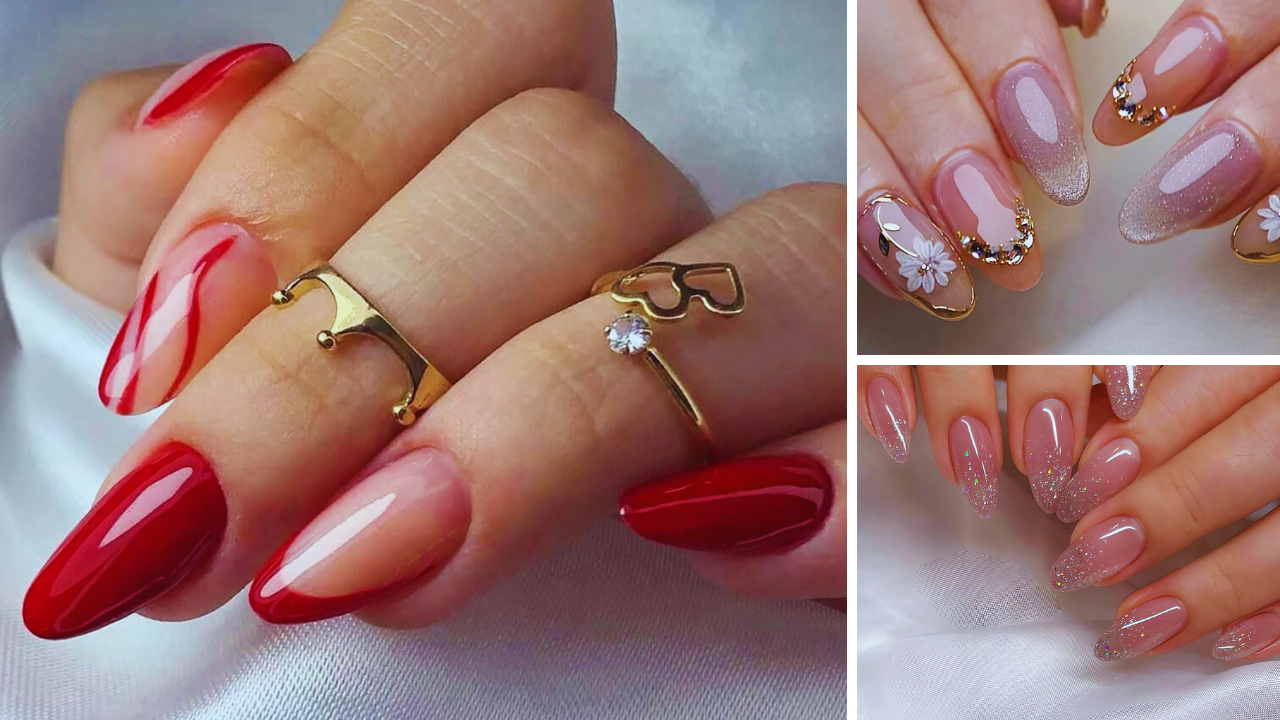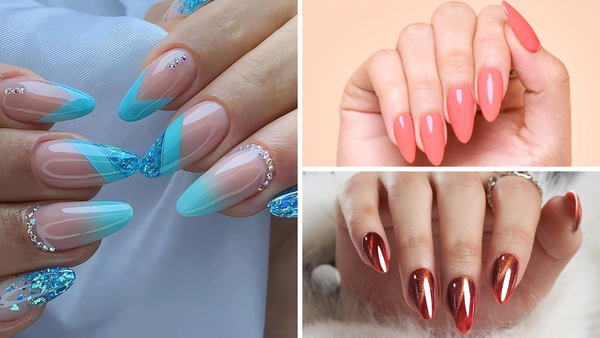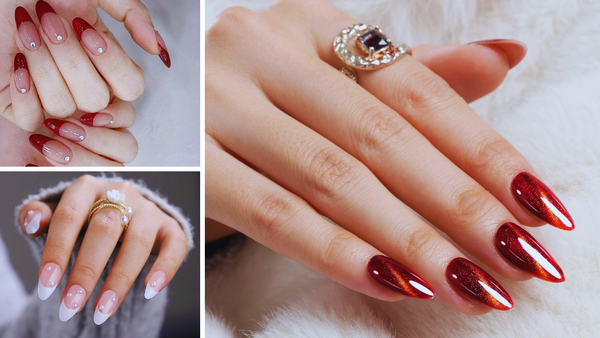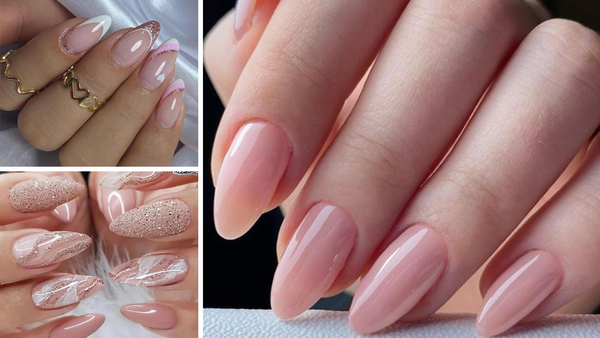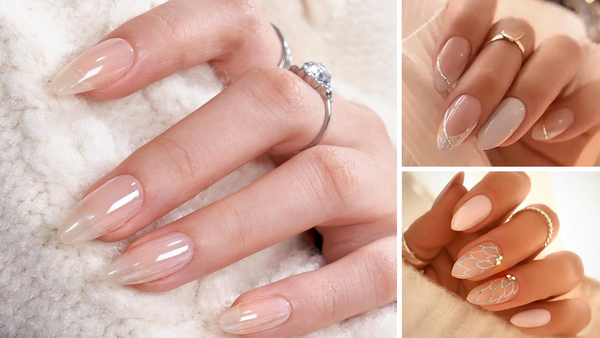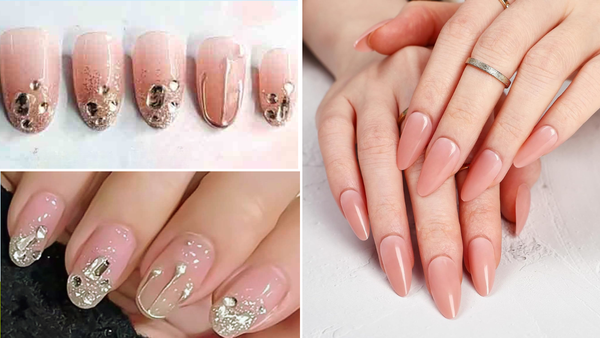Key Takeaways:
- Almond nails, with their elegant shape, are not inherently weaker than other shapes but have some vulnerabilities.
- Proper maintenance and care can significantly reduce the likelihood of breakage.
- Choosing the right nail shape for your finger type and lifestyle can enhance durability.
Nail shapes have evolved significantly, becoming a key expression of personal style and preference. Among the various styles, almond nails have gained popularity for their elegant and modern appearance. However, many wonder: do almond nails break easily? This article delves into the durability of almond nails compared to other popular shapes like square nails, round nails, and coffin nails.
Understanding Almond Nails
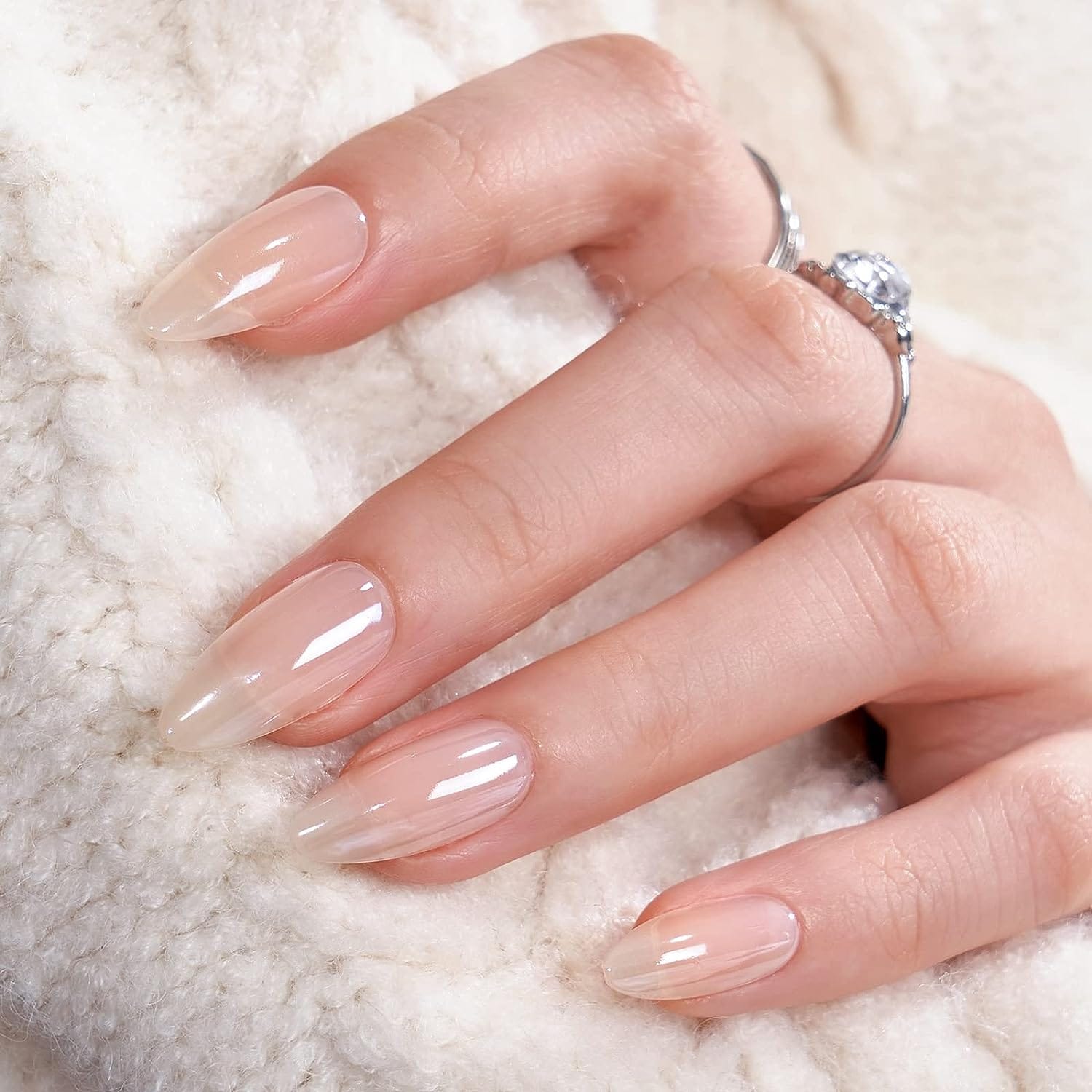
Almond nails are named for their resemblance to the small, oval-shaped nut. They are characterized by rounded edges that taper to a soft point. This shape is often chosen for its feminine look and the illusion of elongated fingers it provides. But the question remains: are these stylish nails also practical in terms of durability?
Comparing Durability Among Common Nail Shapes
When considering whether almond nails are prone to breaking, it's useful to compare them with other shapes. Square nails, with their straight sides and squared-off tips, generally provide a sturdy base that resists breakage. Round nails, similar to almonds but with a more conservative rounded tip, also tend to be strong due to the lack of sharp edges that can catch and split.
The Structural Integrity of Almond Nails
The slightly tapered sides and curved tips of almond nails can be perceived as weak points where stress is concentrated, potentially leading to breaks. However, whether or not these nails break easily can depend largely on their length and the natural strength of one's nails. Longer almond nails, extending far beyond the fingertip, are more likely to encounter issues with breakage.
Material Matters: Acrylic vs. Natural Almond Nails
For those with naturally weak or brittle nails, opting for acrylic almond nails can be a game-changer. Acrylic provides a hard, protective layer that reinforces the nail, making it less susceptible to breaking. Natural nails, especially if they are long and shaped into a narrow almond, might not offer the same level of durability.
Maintenance Tips to Prevent Breakage
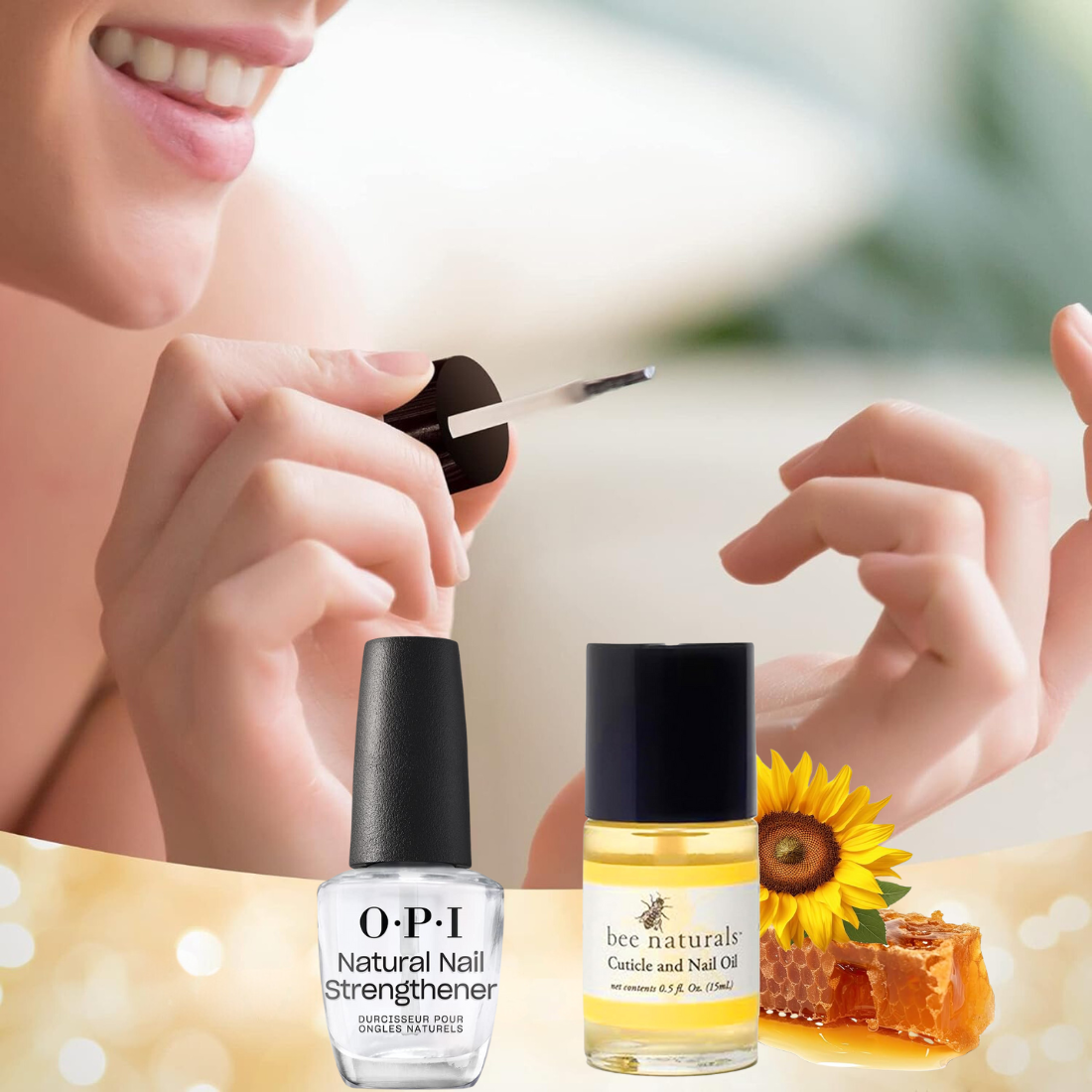
Regular maintenance is crucial for keeping almond nails strong and intact. Applying nail strengtheners regularly can help fortify the nails while nourishing the cuticles with cuticle oil ensures that the nail beds are healthy. Avoiding harsh chemicals and wearing gloves while washing dishes can also prevent weakening and breakage of the nails.
Impact of Nail Length on Almond Nail Durability
When considering whether almond nails break easily, it's crucial to factor in the length of the nail. Longer nails, regardless of shape, tend to have higher leverage points, which can increase the likelihood of breakage. Almond nails, known for their elegant, slightly tapered sides that end in a rounded peak, are no exception. The longer the almond nail, the more it extends beyond the fingertip, making it more susceptible to catching on objects or absorbing impacts that can lead to cracks or breaks.
Conversely, shorter almond nails are generally stronger and more durable. By reducing the length, the stress on the nail bed and the nail shape itself is minimized. This is particularly beneficial for individuals with active lifestyles or those who frequently use their hands in their profession, such as typing or washing dishes. Shorter nails maintain the aesthetic appeal of the almond shape while providing a practical solution for everyday wear and tear, making them a smarter choice for those concerned about durability.
Exploring the Best Nail Shapes for Different Finger Types
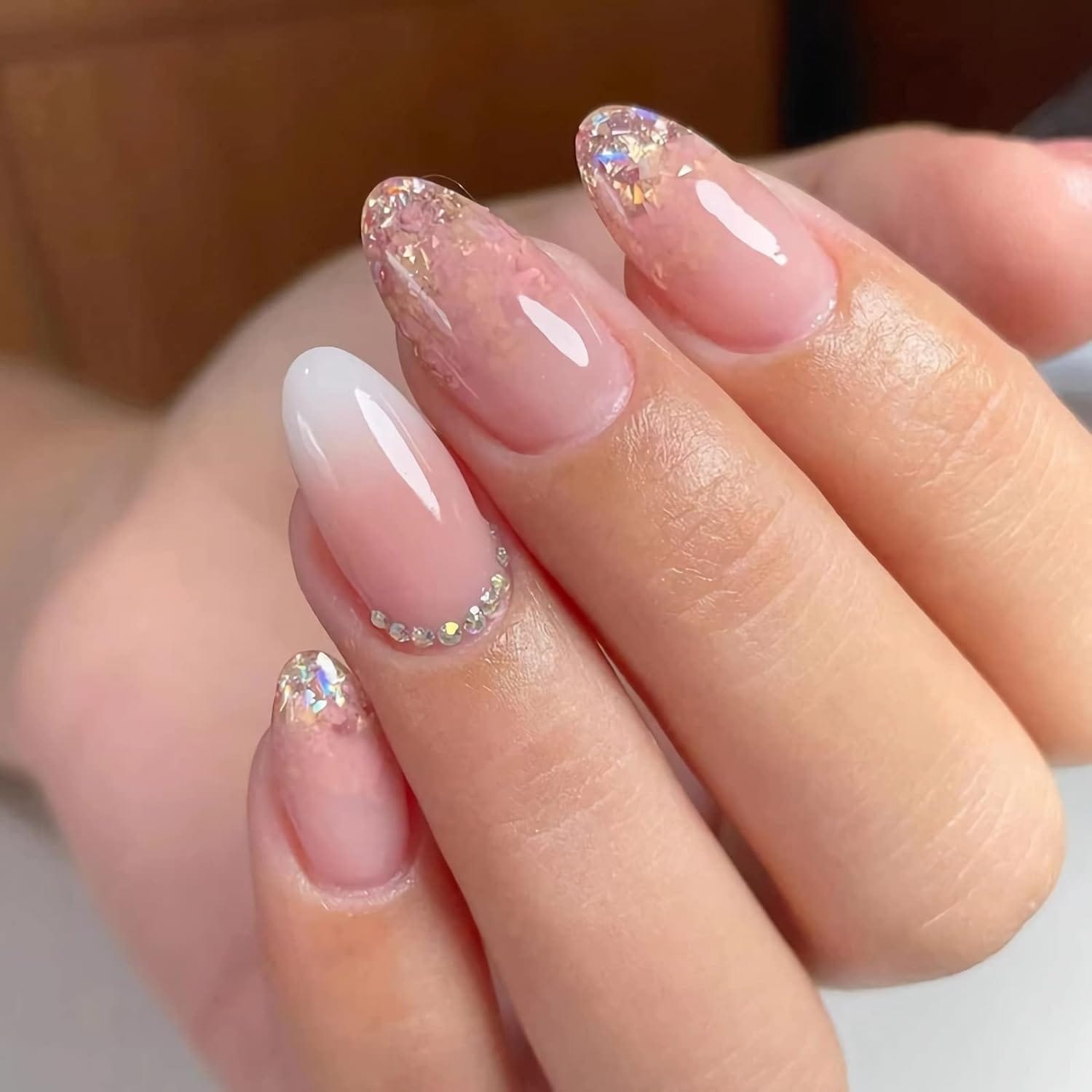
When choosing the right nail shape, considering the type of your fingers can greatly enhance both the appearance and durability of your nails. For individuals with slender fingers, almond, and oval shapes can create a visually pleasing elongation effect. Conversely, those with wide fingers might find that squoval or square shapes help to visually balance the finger's width. Nail technicians often recommend that people with short fingers opt for narrow and elongated shapes like oval or almond to make the fingers appear longer. In contrast, those with long fingers might prefer a squared-off tip or a dramatic stiletto shape to accentuate nail length without making fingers look disproportionate.
For those unsure about which shape to choose, consulting with a nail expert can provide personalized advice tailored to your finger type and nail bed. This customization ensures not only aesthetic enhancement but also contributes to the overall strength and health of the nails. For instance, someone with naturally weak or brittle nails might be advised to avoid long, sharp edges like those found in stiletto nails, which are more likely to break. Instead, opting for shorter, rounded shapes like round or oval nails can help prevent breakage, making the nails strong and more durable in daily activities such as typing or washing dishes.
The Influence of Finger Types on Nail Shape Selection
When choosing the right nail shape, considering the type of fingers you have can make a significant difference in both aesthetics and functionality. For those with wide fingers, shapes like oval or squoval nails can help create a more elongated look, making the fingers appear slender. Conversely, individuals with narrow nail beds might find that almond nails or oval shapes not only complement but also help to visually widen their nail beds. This tailored approach ensures that the nail shape enhances the natural beauty of the hands while also providing structural benefits.
For those with shorter fingers, opting for nail shapes with rounded edges, such as round nails or oval nails, can be particularly flattering. These shapes help to soften the appearance of the fingers, making them look longer. On the other hand, people with long fingers can experiment with different nail shapes, including the dramatic stiletto nails or the elegant coffin shape. Consulting with a nail technician can provide personalized advice, considering the natural shape and length of your nail beds to select the most suitable nail shape.
Nail Shape and Activity Level: Matching Durability with Lifestyle
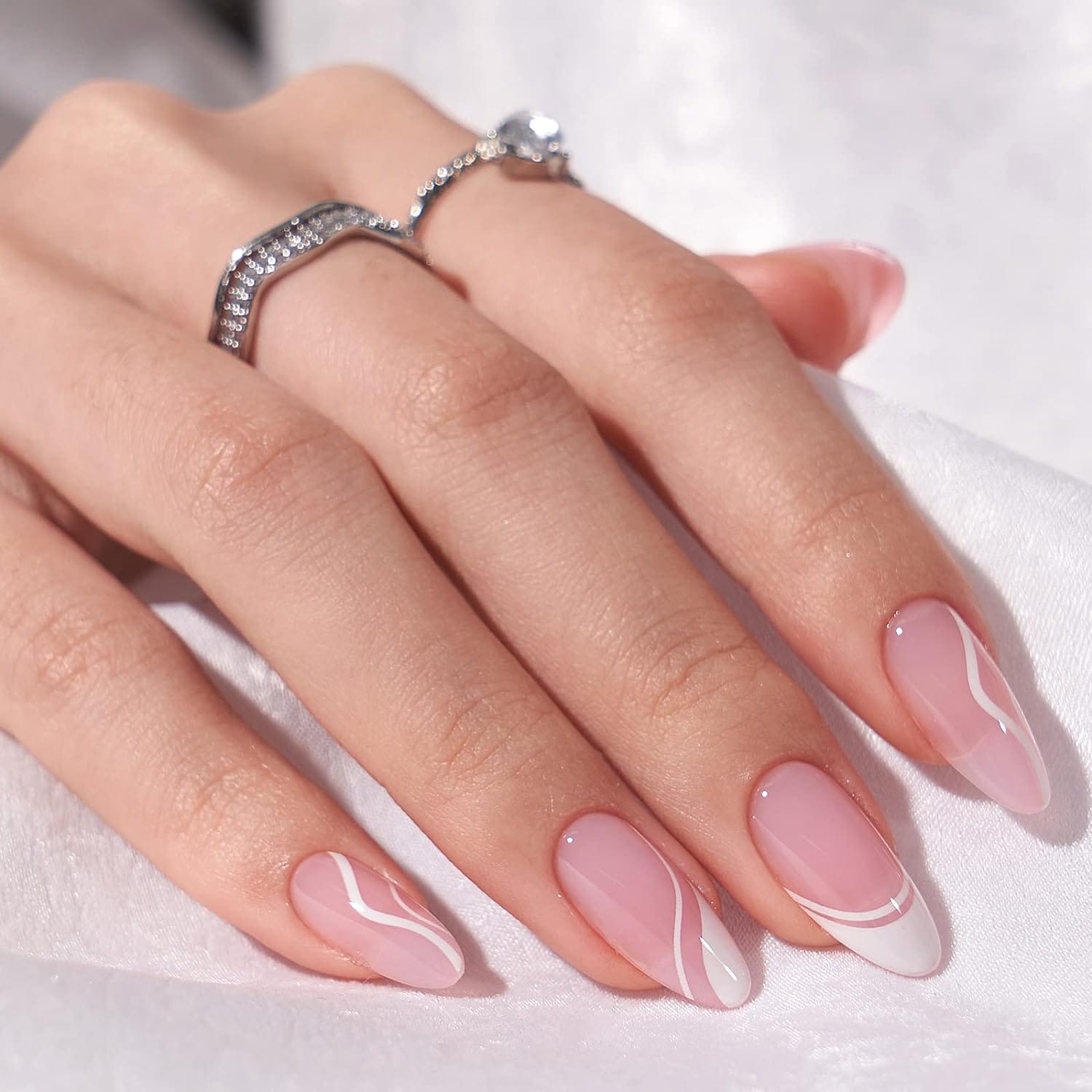
Selecting a nail shape that aligns with your lifestyle is crucial for both maintaining the aesthetics of the nails and preventing breakage. Active individuals or those frequently engaged in hands-on activities might prefer shorter nails with rounded or squared-off tips, such as round nails, squoval nails, or even short almond nails. These shapes are less likely to catch on materials and are generally considered stronger, reducing the risk of breakage during activities like typing, gardening, or washing dishes.
Conversely, those with a less hands-on lifestyle or who prioritize style might opt for longer nails in shapes like ballerina nails or stiletto nails. While these shapes offer a striking look, they require more maintenance and care to prevent breakage. Using nail strengtheners and regularly applying cuticle oil can help reinforce the nails, making them more resilient. Additionally, wearing gloves during potentially damaging activities can protect the nails from harsh conditions, ensuring they remain strong and intact.
The Role of Nail Care Products in Enhancing Nail Strength and Shape
Maintaining the strength and appearance of almond nails, or any shape, isn't just about the initial shaping; ongoing care plays a crucial role as well. Regular application of cuticle oil can help to nourish and strengthen the nails and cuticle area, making the nails less prone to breaking and the skin around them healthier. Nail strengtheners are another essential product; they can be particularly beneficial for those with naturally weak or brittle nails. These products often contain nutrients like keratin or biotin that reinforce the nail's structure, enhancing its ability to withstand daily stresses without breaking.
In addition to strengtheners and oils, the choice of nail polish also matters. Some polishes contain hardening agents that can further protect nails from breakage. For those wearing shapes with slightly tapered sides like the almond or stiletto, using a polish designed for nail strengthening can extend the life of your manicure and keep your nails looking flawless longer. Regular maintenance, including filling and reshaping, also helps to manage any weak points that might develop as the nail grows. This proactive approach not only keeps your nails looking their best but also minimizes the risk of breakage, ensuring that your chosen nail shape remains intact and beautiful.
How Nail Width Influences Almond Nail Strength
The width of the nail bed also plays a significant role in the strength and durability of almond nails. Individuals with wider nail beds have a larger surface area, which can support longer and stronger nails. This is particularly advantageous for almond nails, which require a solid base to prevent breakage. A wider nail bed allows for a more substantial foundation, reducing the weak points where breaks are more likely to occur.
For those with narrow nail beds, choosing the right nail shape becomes even more critical. Almond nails can still be a viable option, but care must be taken to ensure they are not too long or sharply tapered, as this can exacerbate the likelihood of breakage. In such cases, opting for a slightly shorter and more rounded almond shape can help distribute stress evenly across the nail, enhancing durability without sacrificing style.
Lifestyle Considerations
Your daily activities play a significant role in the health of your nails. For individuals frequently involved in manual tasks, shorter almond nails or a different nail shape might be more practical. The right nail shape should align with your lifestyle to minimize the risk of damage.
Professional Advice: Consult a Nail Technician

A skilled nail technician can provide personalized advice on the best nail shape based on your natural nail type and finger shape. They can also recommend treatments to strengthen your nails and techniques to reduce the risk of breakage.
Nail Shape and Finger Type: Finding Your Fit
The shape of your fingers can influence how different nail shapes look and perform. For example, those with wide fingers might find that almond nails help create a more slender appearance, while those with narrow nail beds might benefit from a shape that widens the appearance of their nails, like squoval nails.
The Aesthetic Appeal of Almond Nails
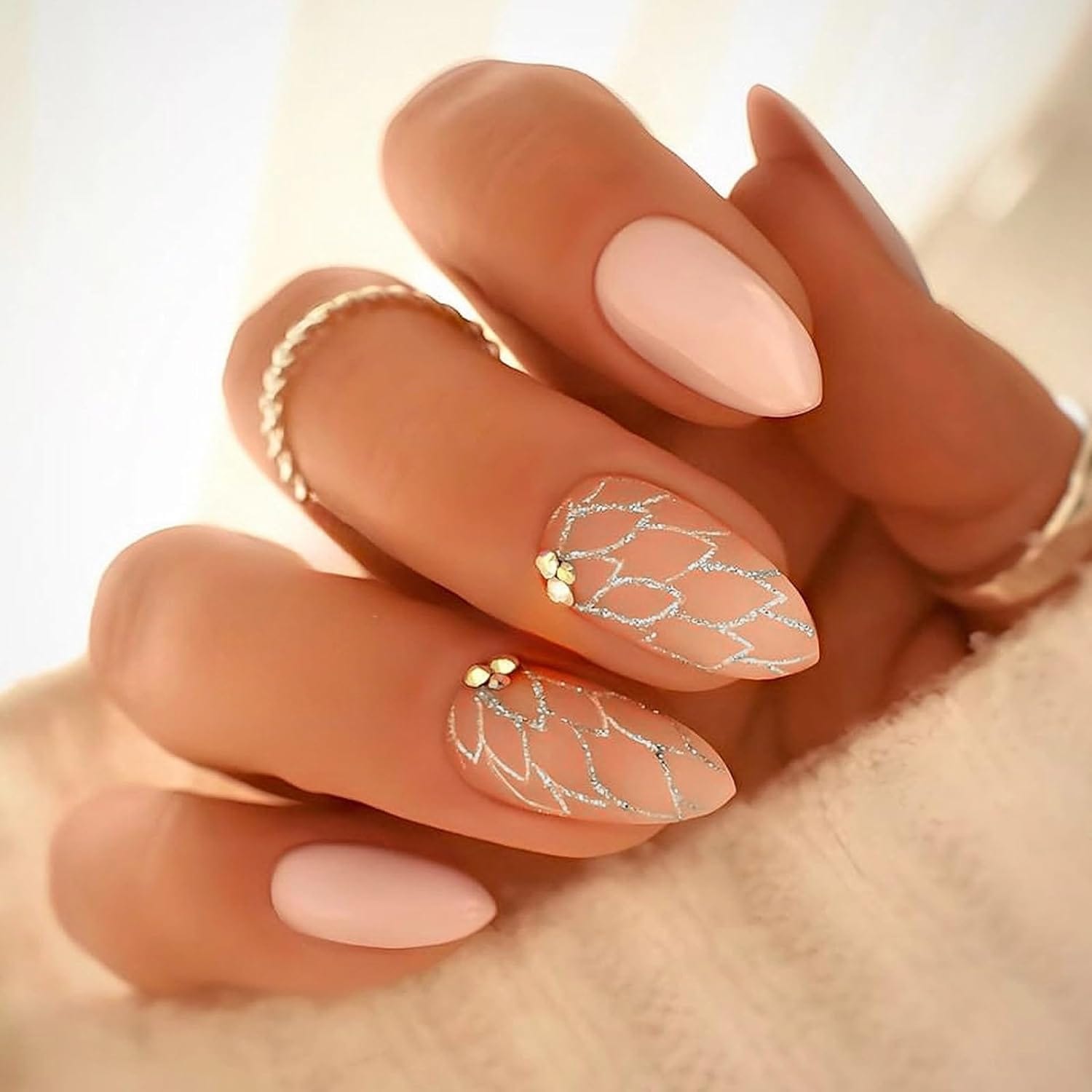
Despite concerns about their durability, almond nails remain a popular choice for their aesthetic appeal. They provide a sophisticated look that can be versatile for everyday wear and special occasions. With the right care, almond nails can be a durable and beautiful choice.
Innovations in Nail Care
Advancements in nail care products, such as more effective nail strengtheners and protective polishes, continue to improve the durability of all nail shapes, including almonds. These products help to fortify the nails from within, reducing the likelihood of breakage.
Summary
Almond nails, known for their elegant and feminine appearance, do not necessarily break more easily than other nail shapes. Still, they require careful maintenance and consideration of lifestyle and natural nail strength. By consulting with a nail technician, using the right care products, and choosing a length that suits your daily activities, you can enjoy the beauty of almond nails without frequent breaks.
FAQ
Are almond nails suitable for all finger types?
Yes, almond nails can be suitable for all finger types, but they particularly flatter those with narrow and long fingers by enhancing the slender look of the hands.
How often should I apply nail strengthener to my almond nails?
It is recommended to apply a nail strengthener at least once a week to maintain the integrity and strength of almond nails.
What is the best way to prevent almond nails from breaking?
Keeping almond nails at a moderate length, regularly applying nail strengtheners, and avoiding physical stress on the nails are effective strategies to prevent breakage.
